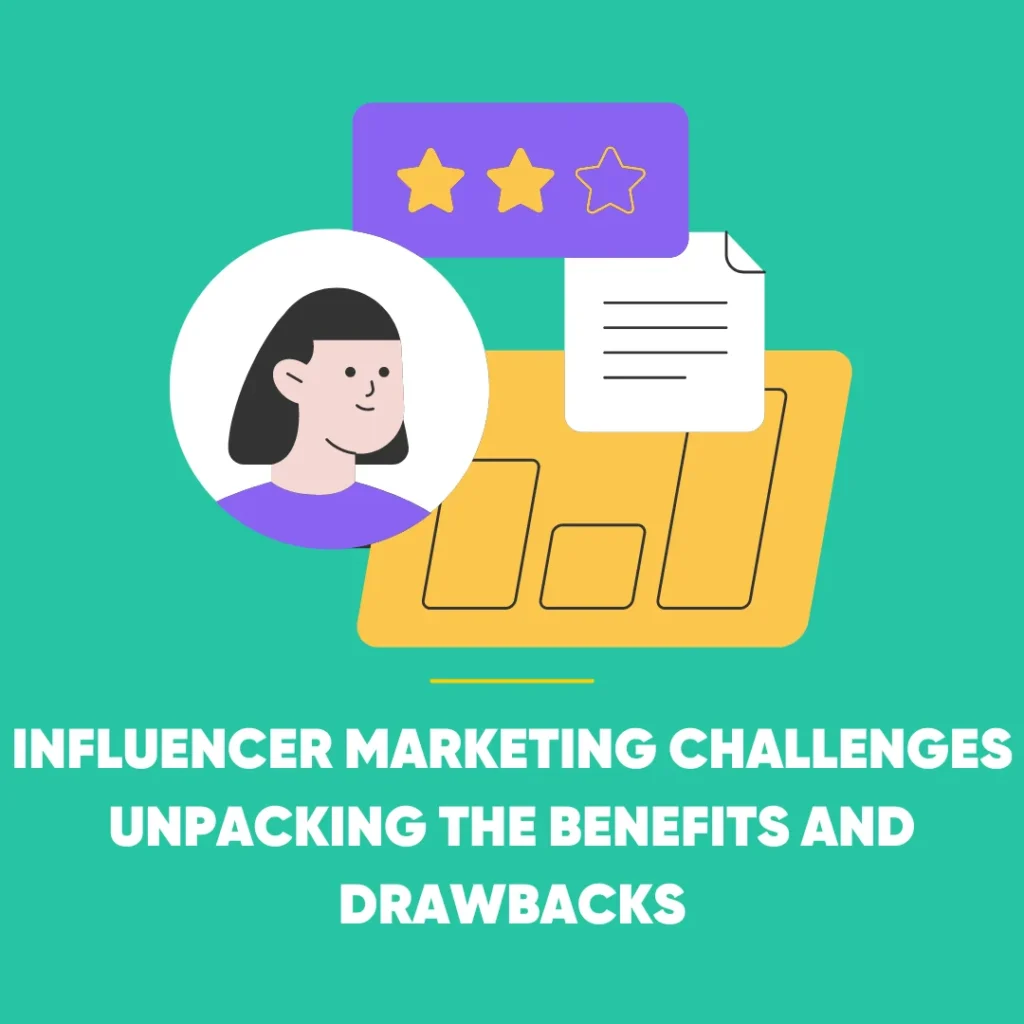6 steps to an effective Facebook marketing strategy
Introduction
You can have the best product or service in the world, but if people don’t know about it, you’re not going to get anywhere. That’s where social media marketing comes in. Facebook has over 2 billion users, so it’s an ideal place for companies to market their products and services. However, creating a successful Facebook marketing strategy takes time and effort—and the right approach will depend on your company’s goals and budget.
1. Understand your audience
Before you start to develop your Facebook marketing strategy, it’s important to understand your audience. To do this, you need to answer the following questions:
- What are their interests?
- What are their needs?
- What are their problems?
- What are their goals?
- How do they feel about your product or service? (NOTE: This will help you identify what kind of content is most likely to resonate with them.) Additionally, figure out how much time they spend on Facebook each day so that you can optimize the amount of time and resources spent on creating content for this channel/platform.
Once you understand your audience, it’s time to set goals that will guide your Facebook marketing efforts. What do you want to achieve? What is your primary goal? How will you know if you’ve achieved what you set out to do? (NOTE: This will help inform how much time and money should be invested in this channel/platform.)
2. Identify your social media marketing goals
Identifying your social media marketing goals is the second step in building a successful Facebook presence. Without clearly defined business and marketing goals, it’s impossible to know what kind of social media presence is appropriate for your company.
In order to set realistic and effective goals for your Facebook strategy, you must first define your business goals, marketing goals and social media goals. For example:
- Your business goal might be “to increase sales by 10%.”
- Your marketing goal might be “to get people talking about our product on social media.”
- And finally, your social media goal would be “to increase awareness about our brand online through Facebook advertising”.
Once you’ve defined these three areas of your business, you can start thinking about which Facebook tactics will help achieve them. For example: If your goal is to increase sales, then one tactic might be “spend more money on advertising.” Another could be “provide better customer service.” And finally, if awareness is the goal, then your tactic might include something like “creating a viral video campaign where fans get involved with sharing content and spreading it across their networks.”
3. Share engaging content
People are drawn to visual content. If you want to make the most of your Facebook marketing strategy, make sure you’re using high-quality images and videos.
- Use photos of your products or services, especially if they’re new or innovative.
- Share educational graphics that explain how to use your product or service in a fun way.
- Use infographics that summarize statistics about trends in your industry.
- Post quotes from researchers who have studied why customers buy from you instead of competitors—and share what it means for them as an individual customer! This will help increase brand loyalty among current clients as well as encourage others who are on the fence about buying from you to do so (after all: no one can resist a good quote!)
Videos and graphics are great for social media marketing. If you’re not using videos or graphics in your posts, you’re missing out on an opportunity to increase engagement with your audience and ultimately drive more sales.
If you’re not using videos or graphics in your posts, you’re missing out on an opportunity to increase engagement with your audience and ultimately drive more sales. You can also use memes to engage people. These are short, funny quotes or phrases about something that everyone knows about for example: “I don’t know where I’m going but I’ll be there soon!” Share a link from a popular page that makes fun of something important such as politics
If you’re sharing videos, make sure the content is engaging and informative. For example, if you’re trying to promote your new video game then share a clip from an upcoming episode that shows off some of the best gameplay elements.
4. Choose between organic and paid Facebook posts
In the previous section, we discussed how to create a Facebook strategy. Now, let’s dive into the details of what that strategy should look like.
We’ll start with the first step: choosing between organic and paid posts. Organic posts are free and do not require any payment from you; paid advertising is anything that requires paying for it with your hard-earned money (or someone else’s). This can include ads on Facebook as well as Instagram, Twitter, and other social networks.
Choosing between organic and paid posts will depend on your goals. If you’re just looking to raise awareness of your brand and drive traffic to your site or app, an organic post is likely the best option. Paid advertising can help you scale that reach quickly—but if it’s not done right, it could end up costing a lot more than organic posts would have in the long run.
There are a few key factors to consider when deciding if you should pay for a Facebook post. The first is timing: When is the best time for your business? This may seem like an obvious question, but there are so many variables at play that it’s hard to pin down exactly what works best. If you’re thinking about making any major changes in your industry (such as changing product lines or opening new stores), then consider posting on Friday afternoon before business hours start winding down across most US
5. Use Facebook insights to measure your performance
The fifth step to an effective Facebook marketing strategy is using Facebook insights to measure your performance. Whether you’re just starting out with a new page, or have been managing your business’s pages for some time, Facebook insights are a great tool for understanding how people interact with your content and what types of posts work best.
You can easily access this information from within the same platform that you use to monitor engagement on each post: go to the Insights tab on the left-hand sidebar and select “Pages.” From here you’ll see stats such as reach (how many people saw your post), impressions (the total number of times it appeared in news feeds) and likes (the number of shares). This will help you determine how effective each post was at driving engagement.
6. Analyze your performance and adjust accordingly
- Analyze your performance and adjust accordingly
Once you have completed the first five steps, it’s time to take a look at the data you’ve collected and make adjustments where necessary. First, check your Facebook Insights to see what’s working and what isn’t. You should also use this information as a chance to assess whether or not your strategy is still aligned with your overall marketing goals. If you find that certain posts are performing better than others, this may be an indication that you need to make changes in order for things to run smoothly on Facebook going forward.
This data can also help you understand your audience better. By looking at the demographic information of people who like or follow your page (this may not always be available), you’ll gain valuable insights into target markets that can help improve future campaigns and reach new audiences. Keep track of your performance over time to see what types of content are working best. Use this data as an opportunity to evaluate your strategy and make changes as needed..
Conclusion
Now that you know the key steps to take in order to create an effective Facebook marketing strategy, it’s time to put your knowledge into practice. The best way to do this is by getting started with a simple plan that outlines each step and gives you some ideas on how to implement them into your own business mode








